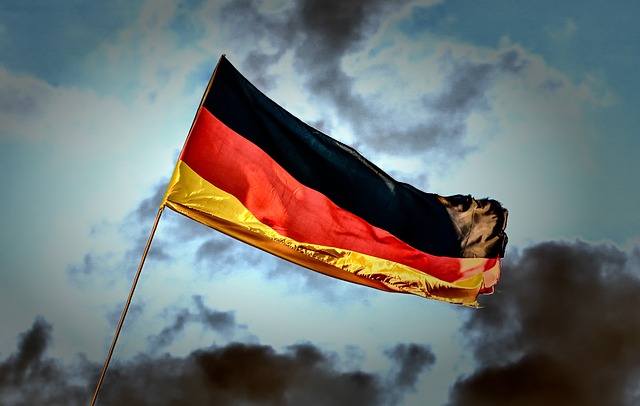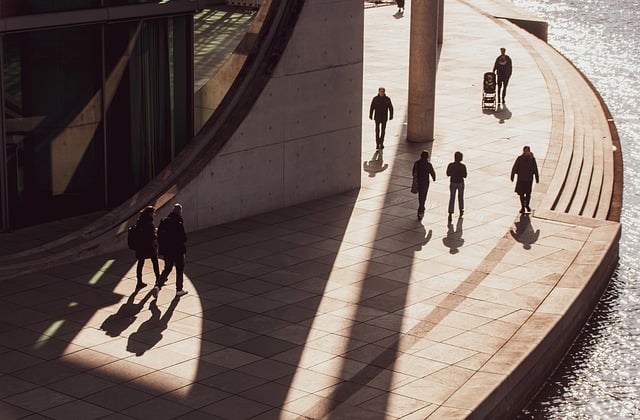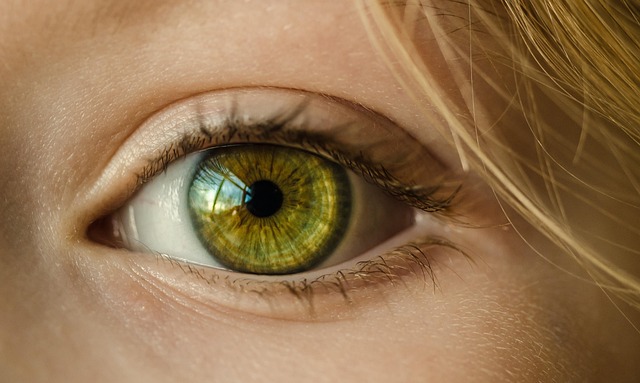Mastering the Art of German Painting: A Blend of Tradition and Modern Design
When one thinks of German painting, images of rich history, vibrant colors, and breathtaking landscapes often come to mind. This art form uniquely marries tradition with modern sensibilities, giving rise to a visual narrative that both honors the past and embraces the present. From the hauntingly beautiful works of German Romanticism to the sleek lines of contemporary design, there’s an undeniable connection between passion and technique in every brushstroke.
The Roots of Tradition
At its core, German painting has deep historical roots that are reflected in its techniques and themes. Iconic figures such as Albrecht Dürer and Caspar David Friedrich paved the way for a distinguished lineage of artists who drew inspiration from nature, mythology, and human emotion. Dürer’s meticulous attention to detail, for example, transformed the concept of realism in art, while Friedrich’s ethereal landscapes encapsulated the sublime beauty of the German countryside.
These early masters contributed to a foundation steeped in tradition that many contemporary artists still draw from today. The interplay of light and shadow, the meticulous layering of colors, and the subject matter that invites introspection are just a few elements that define the character of German painting.
Modern Interpretations
As the art world evolved, so too did the expression of German painting. The 20th century ushered in movements such as Expressionism and Bauhaus, which challenged conventional aesthetics and introduced innovative approaches to color and form. Artists like Emil Nolde and Wassily Kandinsky explored the emotional responses that color could elicit, emphasizing the subjective experience of art.
Today, modern German painters continue this legacy, creating works that resonate with contemporary audiences. These artists blend traditional techniques with modern design principles, often incorporating mixed media and digital elements. This fusion results in artwork that is not only visually striking but also deeply engaging. The notion of space, form, and color takes on new meanings, inviting viewers to explore and analyze the interplay of contemporary life and age-old traditions.
The Influence of Design
Design is an intricate part of German painting, influencing the way art is created and perceived. The Bauhaus movement, which emerged in the early 20th century, revolutionized the intersection of art and design, advocating for functionality alongside aesthetic appeal. This principle remains central to many modern artists who strive to create works that are as visually pleasing as they are meaningful.
In today’s fast-paced world, the careful consideration of design in painting is essential. Artists are prompted to think critically about how colors, textures, and spatial arrangements communicate their messages. Whether through abstract forms or figurative representations, the emphasis on design elevates the viewer’s experience, transforming the act of viewing into a journey of exploration.
A Journey Through Art
Engaging with German painting is akin to embarking on a journey through time and emotion. Each piece tells a story, inviting us to reflect on our own experiences and feelings. The amalgamation of traditional techniques and modern design opens up a dialogue between the artist, the artwork, and the audience, making every interaction a personal exploration of identity and culture.
In a world that often feels disconnected, the art of German painting serves as a powerful reminder of our shared human experience. It encourages us to appreciate the beauty that lies within tradition, while simultaneously embracing innovation. For anyone interested in the world of painting, diving into the vibrant landscape of German art opens up new realms of possibilities that inspire creativity and introspection.



